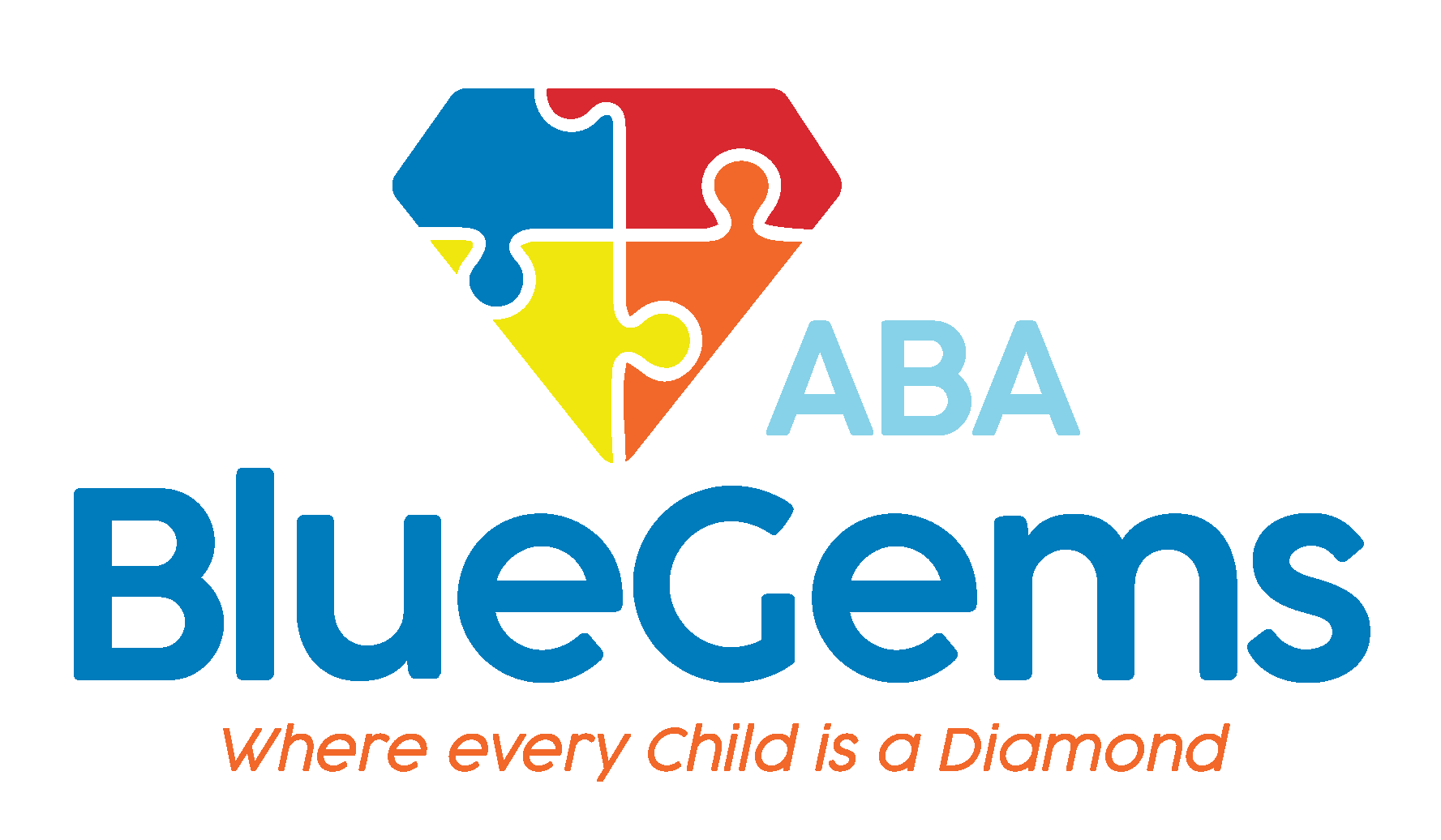ADHD vs Autism
Autism spectrum disorder (ASD) and attention deficit hyperactivity disorder (ADHD) are two well-known developmental disorders that are often confused with each other. That’s not surprising, as many of the signs and symptoms can look very much alike.
Children who have ADHD and autism can both have trouble focusing and communicating, display impulsive behaviors, and face challenges with developing relationships with others and completing their schoolwork.
While there are many similarities between the two, there are also many key differences that set them apart.
Below, we’ll discuss these differences, which are crucial to diagnosing, and treating, children with either developmental disorder.
Table Of Contents
What is Autism?
Today, autism is referred to in the medical and professional community as autism spectrum disorder, or ASD. In 2013, the term ASD was created to describe five different-yet-related developmental disorders under one umbrella.
That’s why ASD is essentially a series of developmental disorders, rather than one specific one. As such, ASD can be very complex, with the signs and symptoms ranging widely from one individual to the next.
In general, children who have ASD often experience challenges with learning and socializing, as their ability to process information and their ability to react “appropriately” to certain stimuli can be affected.
The U.S. Centers for Disease Control and Prevention reports that 2.8% of children who are 8 years old have been diagnosed with ASD, a number that’s climbing every year.
What is ADHD?
Attention deficit hyperactivity disorder, more commonly known as ADHD, is similarly a complex developmental disorder that can look a lot different in different individuals.
It combines multiple challenges that children with it face, including the ability to focus, excess movement in a way that doesn’t fit the setting and displaying impulsive behaviors.
These symptoms can often lead to children facing challenges communicating with others, performing well in school and “fitting in.” These challenges, of course, are similar to the ones children with autism face, which is one of the main reasons why the two disorders are sometimes confused with each other.
It’s estimated that about 8.4% of all children in the U.S. have ADHD, making it one of the most commonly-diagnosed developmental disorders among children.
ADHD vs Autism Differences
The key to a successful diagnosis of ADHD and autism is correctly identifying the signs and symptoms of that particular disorder — and not confusing them with the other.
People who work in the medical and professional field diagnosing and treating children with ADHD and autism are specifically trained to identify these signs. Parents, though, may struggle to do so.
Here are some of the things to look out for, which differentiates ADHD from autism, and vice versa.
Attention
Attention is a key way to identify ADHD vs autism. It’s not whether your child has trouble focusing or not; it’s how they have trouble focusing, or rather, what they have trouble focusing on.
Children who have autism often don’t focus well on things they dislike, while they may fixate on the things they do like. Children who have ADHD, by contrast, often will avoid anything that forces them to concentrate.
If a child with autism likes to read, for example, they may overly fixate on books. Meanwhile, children with ADHD may avoid books altogether, because reading forces them to focus.
Communication
Communication is another potential key differentiator between ADHD and autism.
Children who have autism often display a lower level of social awareness of the people who are around them. They also typically face challenges describing how they feel or are thinking through words. They also may not establish eye contact often.
Children who have ADHD might talk and talk without stopping. It’s more likely that they will interrupt other people when they’re talking, or try to take over conversations.
How much a child talks isn’t the only indicator, though; it’s also the topic. That’s because children who have autism may talk a lot about topics that interest them, but then stay silent on topics that don’t interest them.
Routines
Children who have autism are usually very different from children who have ADHD when it comes to routines.
Autistic children typically desire a strict routine. This could include doing the same things at the same time, eating the same foods, wearing the same color clothes and more. Even slight changes in their routine can sometimes cause children with autism to experience high anxiety.
This is usually not the case for children with ADHD. These children typically dislike repetition and order, even if it benefits them. They may dislike doing anything repetitively or for a long period of time.
Blue Gems ABA Helps Diagnose and Treat Children with Autism
With so many similarities between ADHD and autism, it can be hard for parents to determine what developmental disorder their child might have. Luckily, trained professionals are experienced at identifying the sometimes slight differences between the two so your child can get an accurate diagnosis.
At Blue Gems ABA, we have a team of licensed clinical psychologists who have years of experience successfully diagnosing ASD in children. And if an autism diagnosis is given, we have a team of experienced and licensed BCBAs to administer applied behavioral analysis, or ABA therapy — one of the most effective treatments for children with autism.
For more information, contact us today.




